You’ve likely heard that grass-fed beef is the highest quality beef you can eat. But if you’re not sure about the benefits of grass-fed beef, you’ll learn all about it in this informative post. You’ll also learn about how grass-fed cattle is raised, what science has to say about grass-fed beef nutrition, what grass-fed beef tastes like, and answers to the FAQ people have about it. Additionally, we’ll share where you can find grass-fed New Zealand beef, which has a reputation for being some of the best and highest quality grass-fed beef due to it’s delicious natural flavor, nutritional profile, and the country’s long-standing sustainable farming practices.
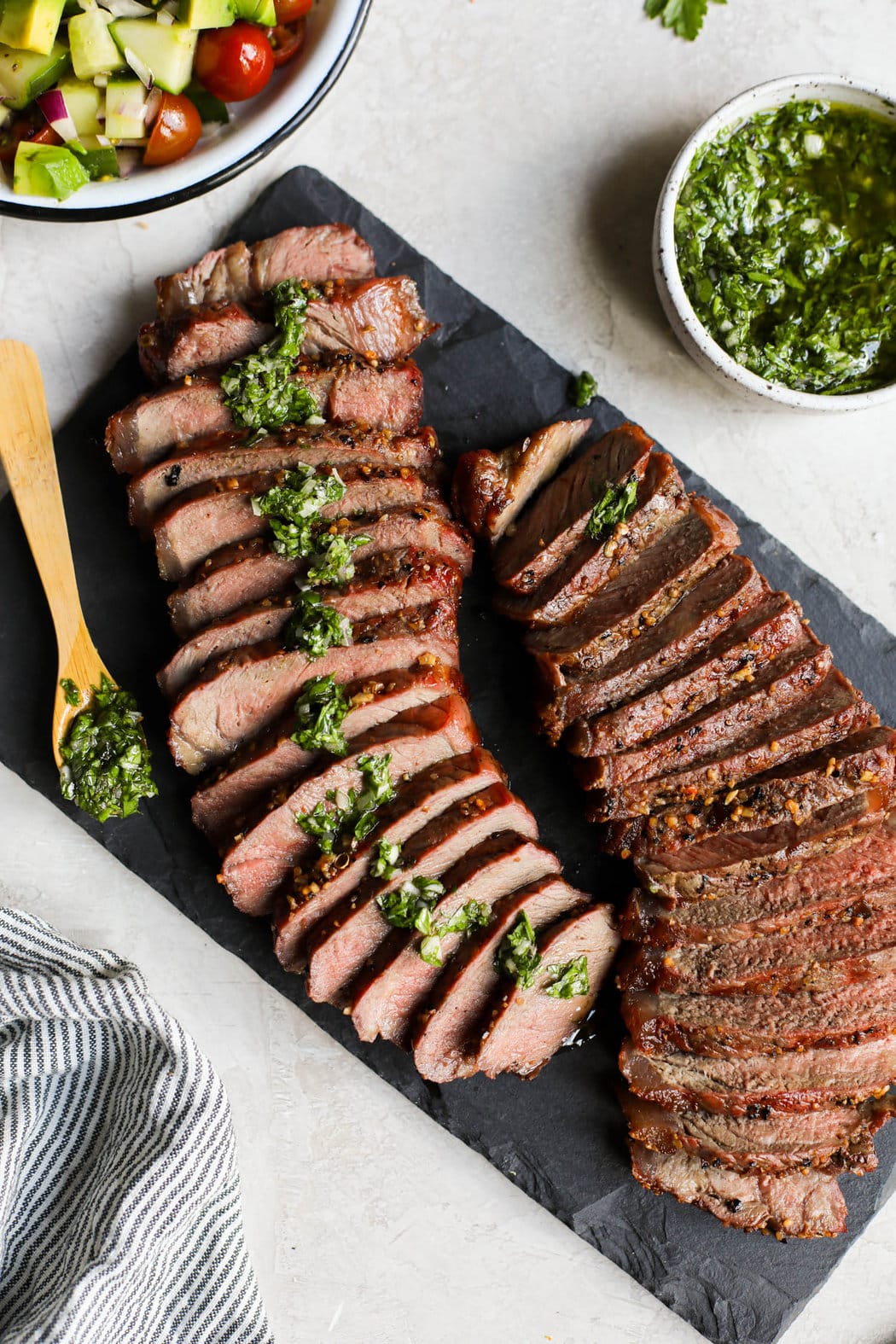
Highlights: Grass-Fed Beef Nutrition At A Glance
Grass-fed beef, especially that raised in New Zealand, is a high-quality protein and red meat that is:
- A rich source of all nine essential amino acids, iron, zinc, and vitamin B12 that your body needs for growth and maintenance
- High in vitamins A and E, which have many antioxidant properties
- Lower in total fat and with more conjugated linoleic acid (CLA) and up to five times more omega-3 fatty acids than grain-fed beef
- Made from just one ingredient (beef) and naturally low in sodium
Grass-Fed Beef vs Grain-Fed Beef
100% grass-fed beef comes from cattle that graze on pasture and eat a natural diet of only grass and forage for their entire lives. Grain-fed cattle, which are mostly raised in feedlots here in the U.S., are not as free to roam, have zero to little access to pasture, and are fed a more unnatural diet of grains, such as corn and soy, and hay supplemented with other ingredients, resulting in beef that is higher in fat. These differences in what cattle eat and how they are raised affects the nutrients and fats in the different types of beef that you can eat.
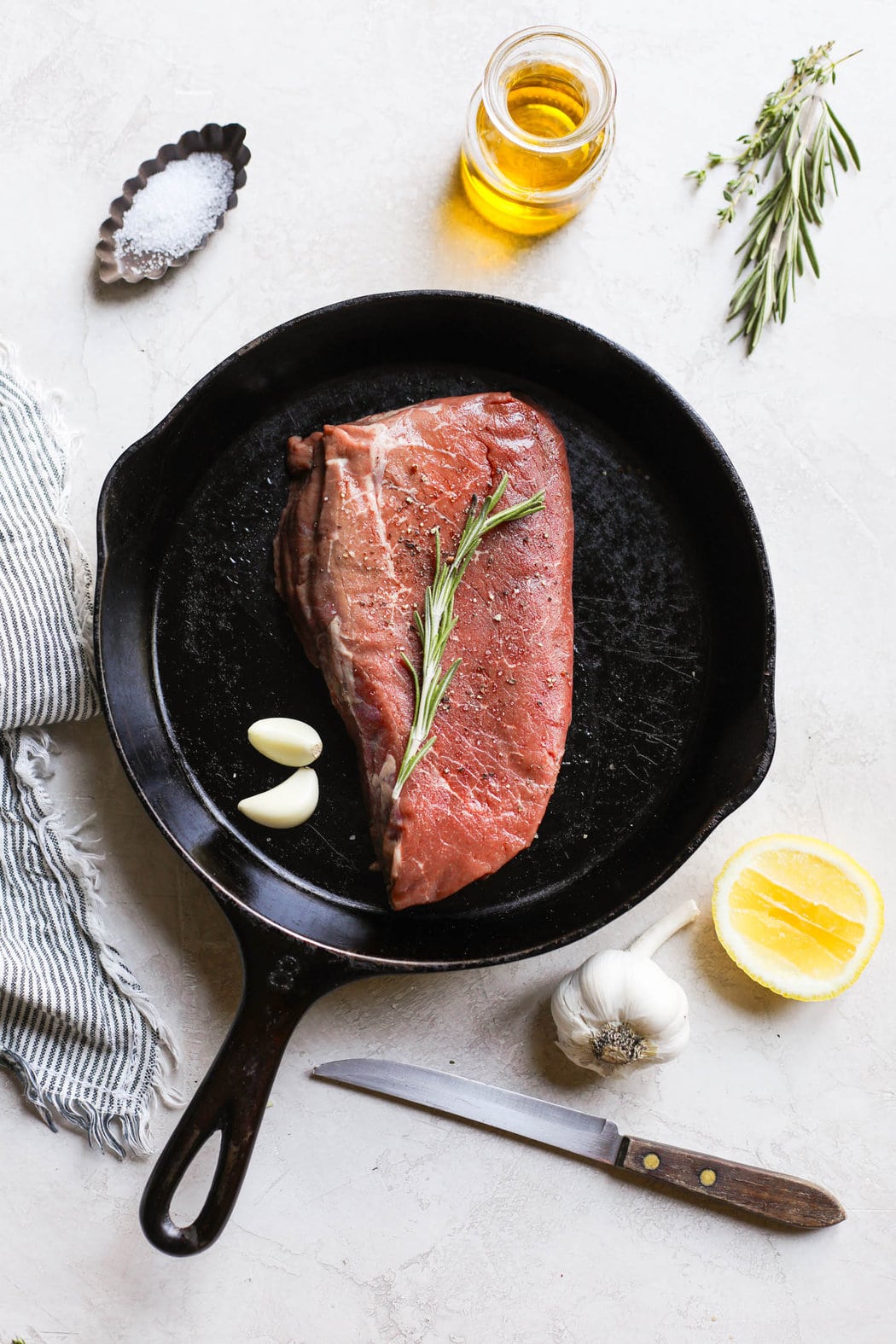
The USDA has defined grass-fed beef as cattle eating a diet that is derived solely from grass forage consisting of grass, forbs (legumes and cabbages), or cereal grain crops in their vegetative (pre-grain) state. The animals cannot be fed grain or grain byproducts, and they must have continuous access to pasture during the growing season.
In New Zealand, beef production relies almost entirely on rainwater and grass or pasture feeding. The stock roam freely and producers don’t use grains or other crops commonly used in livestock production globally.
What Does Grass Finished Beef Mean?
When sourcing grass-fed beef, grass finished is an important term to look for on labels. Whereas some grass-fed beef is started on a grass diet, but then finished on a diet of hay and grains, beef that is labeled 100% grass-fed and grass-finished has been fed only a diet of grass its entire life.
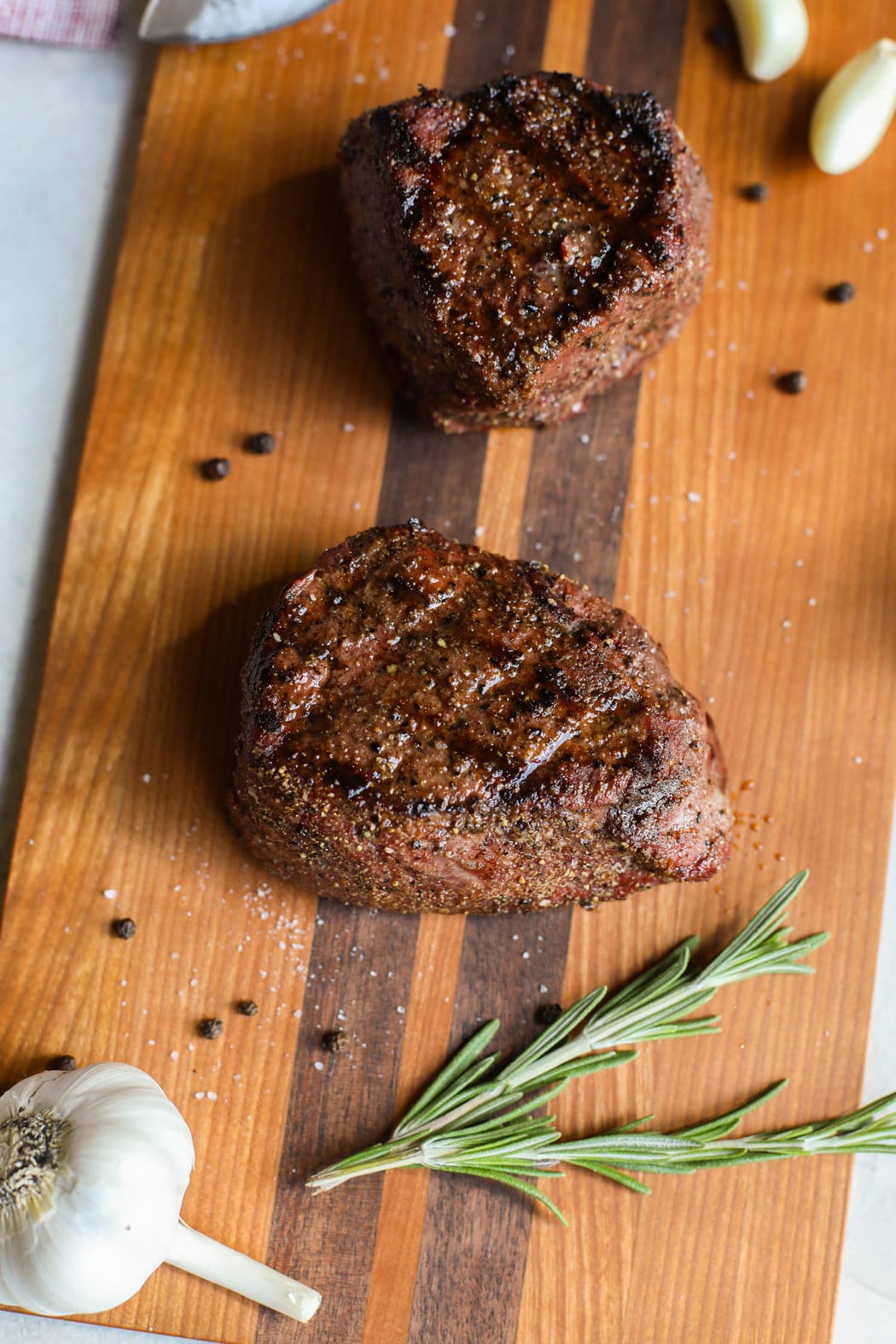
Grass-Fed Beef From New Zealand: A Difference You Can Taste
Whereas most of the cattle raised in the U.S. is fed a grain diet in order to fatten them up quickly, other countries have embraced grass-fed beef for its more natural and sustainable qualities, as well as increased nutrition benefits.
New Zealand, for example, is known for producing some of the highest quality grass-fed beef you can buy. The country’s climate is temperate which means the cattle can graze the natural outdoors year round, in wide open spaces brimming with lush, green grasses. All New Zealand grass-fed beef is grass-fed and grass-finished.
Despite being one of the largest beef exporters in the world, New Zealand is one of the most carbon efficient beef producers, with an on-farm carbon footprint that is almost half the average of other countries. This comes down to sustainability efforts at the farm level, which represents about 90-95% of the total carbon footprint of beef. In New Zealand, farmers have been following regenerative agriculture practices for decades and are on a path for continuous improvement. Regenerative agriculture aims to preserve the health of the soil, water, animals, biodiversity and people of the farm for future generations, while also serving as a critical means of carbon sequestration.
What this means for you is delicious, pure, and naturally raised grass-fed meat that has more health benefits … not to mention a delicious taste! New Zealand grass-fed beef is leaner, more finely textured, and more naturally flavorful than other grass-fed beef you can buy.
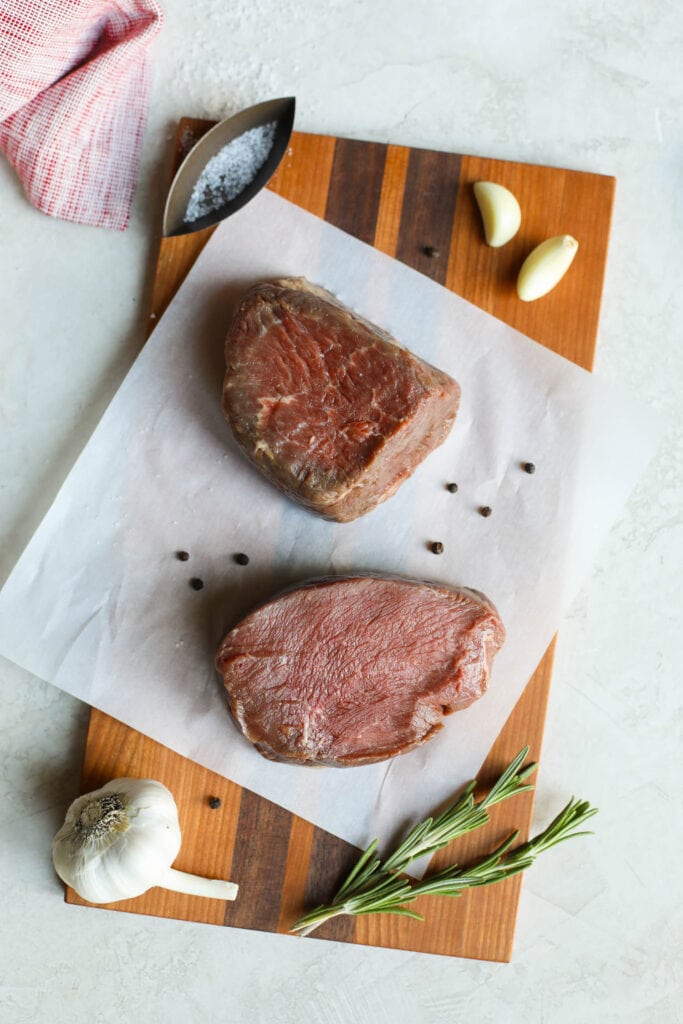
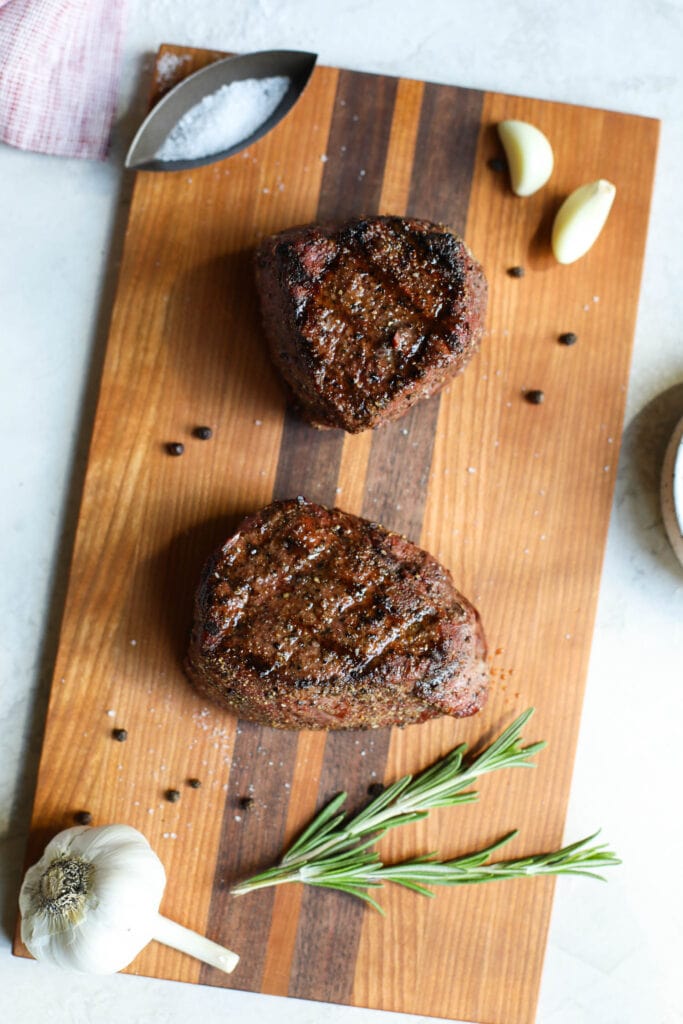
Grass-Fed Beef Pros and Cons
When compared to grain-fed beef, grass-fed offers many benefits:
| Pros | Cons |
| More sustainably raised (better for the animals, farmers, people, and planet) | Likely to pay a premium price for a higher-quality product |
| Healthier fat profile, including less total fat and much more omega-3 fatty acids and CLA | |
| Higher amounts of vitamins A and E | |
| Richer in antioxidants | |
| A more natural flavor profile that many prefer |
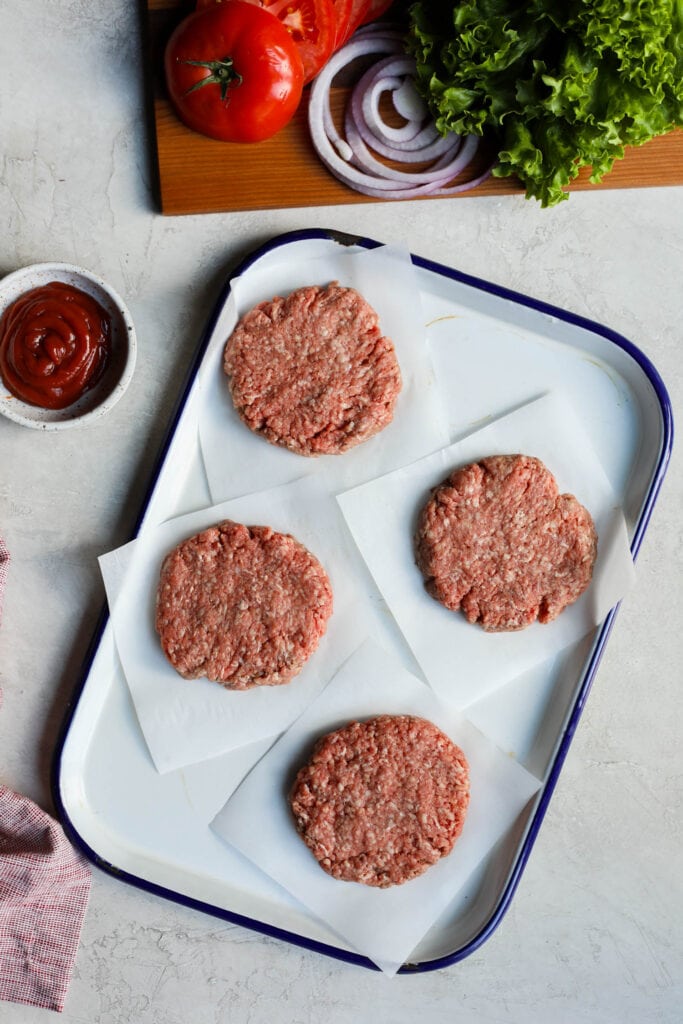
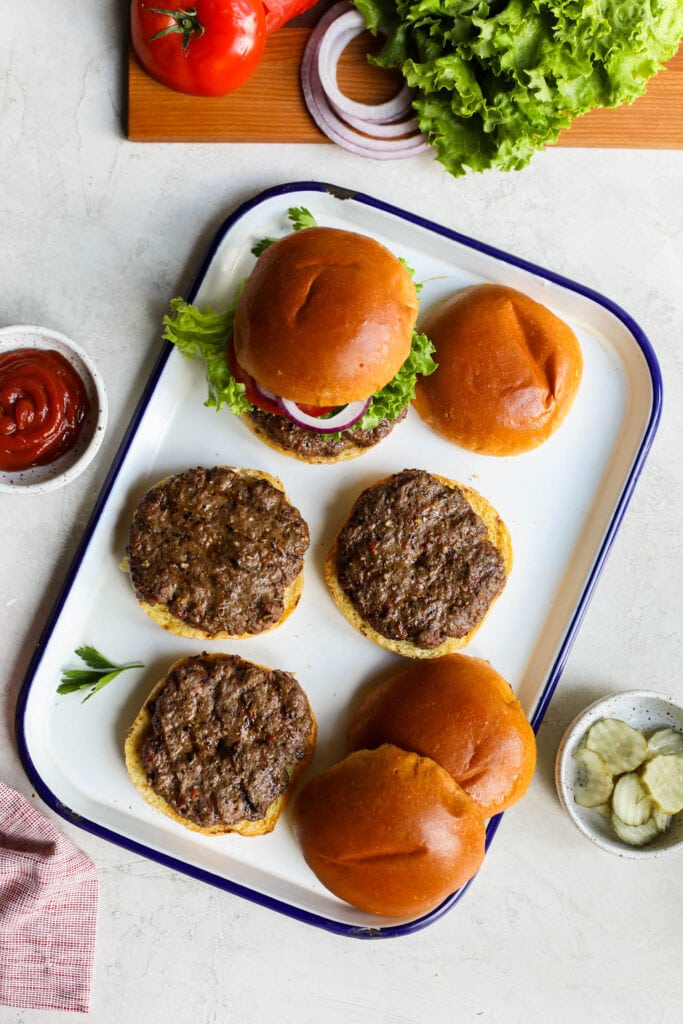
Different Cuts Of Grass-Fed Beef
Beef is incredibly versatile and suits a wide range of dishes and flavors. If you’re new to cooking grass-fed beef, simply treat it like any other type of beef you’ve cooked. Here are the common cuts of grass-fed beef (both bone-in and boneless) that you’ll find in stores and available online:
- Ground beef– this boneless type of grass-fed beef is popular and can be used in a variety of dishes and cooked in many ways, ranging from beef patties to casseroles, tacos, soups, meatloaves, and more. It is sourced from various regions of the animal using quality trim. For example, leaner ground sirloin comes from the lower hind legs, whereas fattier ground round comes from the rump. It’s the perfect addition to hearty chilis and casseroles.
- Ribeye steak – one of the most popular steaks due to its marbling and thickness, grass-fed beef ribeye steak is great for grilling and pan frying. Ribeyes are cut from the same part of the cow as prime rib, except they are usually removed from the bone, leaving an oval hole, which is where the ribeye gets its name.
- Beef brisket– this is a tougher cut, similar to chuck roast, that stands up well to long cooking methods, such as smoking, braising, and sous vide. Brisket can also be made into corned beef and then smoked and spiced to become pastrami.
- Prime rib – this large roast is flavorful and juicy, and often served at special occasions, such as holiday dinners. It is cut from the primal rib, located in the area behind the shoulder and above the lower back. It is typically roasted and then seared to finish it off before cutting into thick slices.
- Beef tenderloin – an extremely tender cut, this is a popular type of grass-fed beef due to its buttery flavor and lower fat. It’s a coveted cut (there are only two per cow) that is used to make beef wellington and beautiful trays of sliced beef tenderloin roasts served for special occasions. A popular cut known as filet mignon is made when the beef tenderloin is cut into steaks. Beef filet is tender, lean, and prized by many for its great taste.
- Sirloin – this cut comes from the upper part of the cow’s back where the muscles are less used, resulting in tender and lean beef and can be prepared as a bone-in or boneless roast, as well as steaks. These cuts are most appropriate for slow cooking, braising, or BBQ, and result in firm but tender meat. A tri-tip is a cut from the bottom sirloin, which also is tender with rich beef flavor.
- Beef short ribs – this tougher cut of meat is made popular by Korean barbeque and embraced by American chefs and foodies who cook the meat low and slow to achieve tender, fall-off-the bone rib meat. The NY strip (or strip steak) is a popular steak that is also cut from this part of the cow, specifically the short loin behind the ribs.
Other popular types of beef cuts include common steaks, such as the flank steak, flat iron steak, and skirt steak, which are lean and flavorful, often used to make dishes such as fajitas and stir frys. People also consume organ meat, such as beef heart, which is rich in B vitamins, and beef liver which is high in iron, as well as nutritional products made from the bones of grass-fed beef, including beef bone broth and collagen.
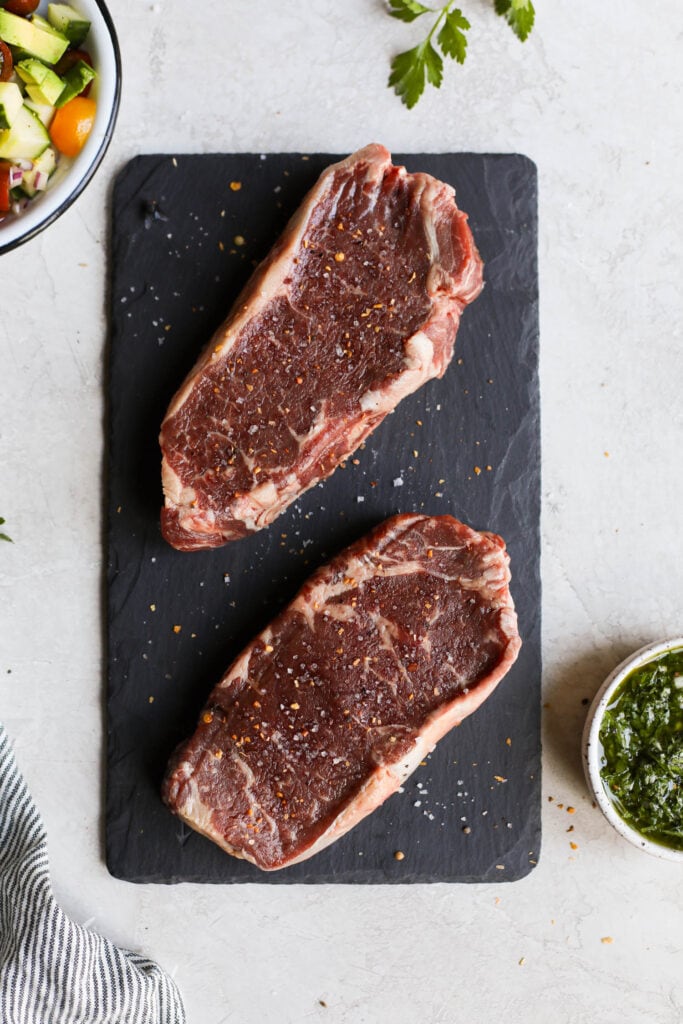
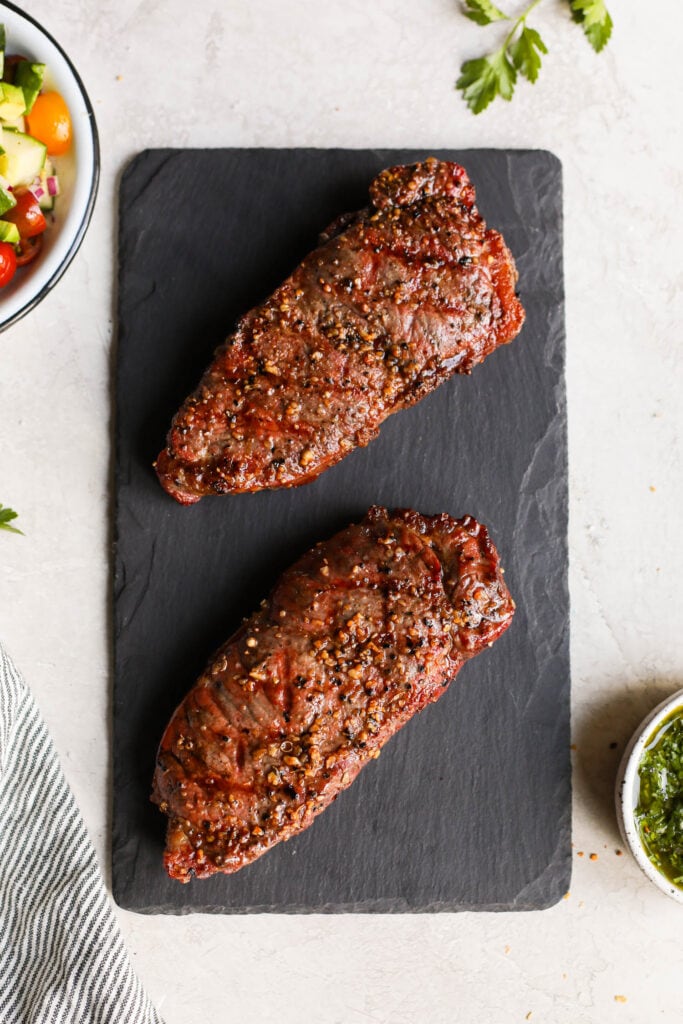
Grass-Fed Beef Nutrition
A 4-ounce serving of raw grass-fed ground beef (a typical amount used to make a hamburger) provides these nutrients:
- 224 calories
- 14 g fat (6 g saturated fat, 6 g monounsaturated fat, <1 g polyunsaturated fat)
- 77 mg sodium
- 0 g carb (0 g fiber, 0 g sugars)
- 22 g protein
- 70 mg cholesterol
A 6-ounce raw, trimmed grass-fed sirloin steak (a typical size you can find) provides these nutrients:
- 207 calories
- 7 g fat (3 g saturated fat, 3 g monounsaturated fat, <0.5 g polyunsaturated fat)
- 102 mg sodium
- 0 g carb (0 g fiber, 0 g sugars)
- 37 g protein
- 92 mg cholesterol
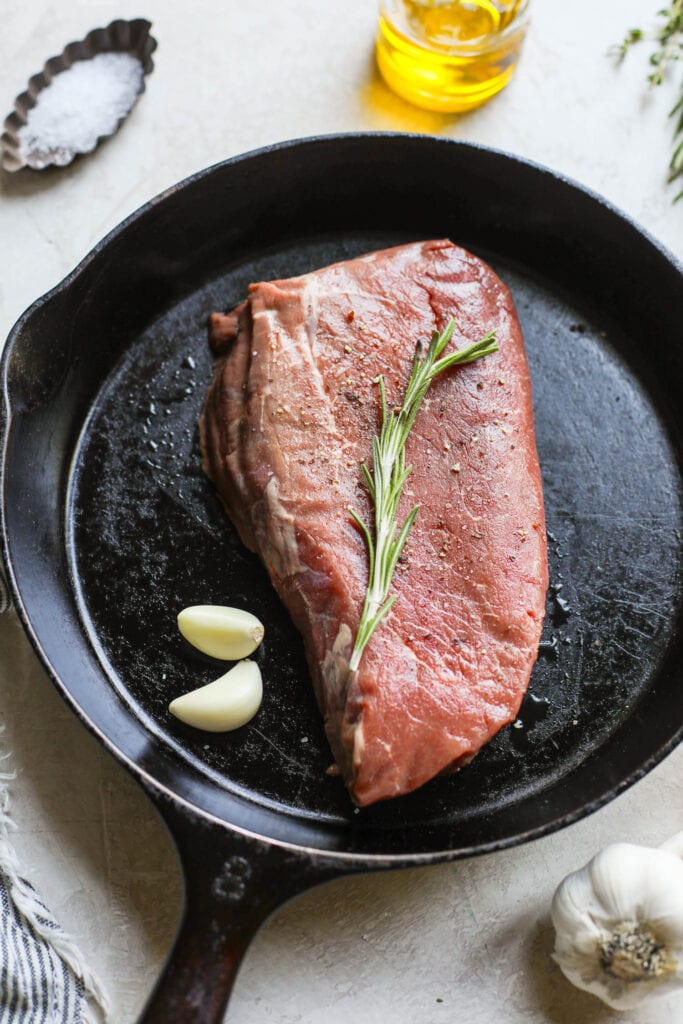
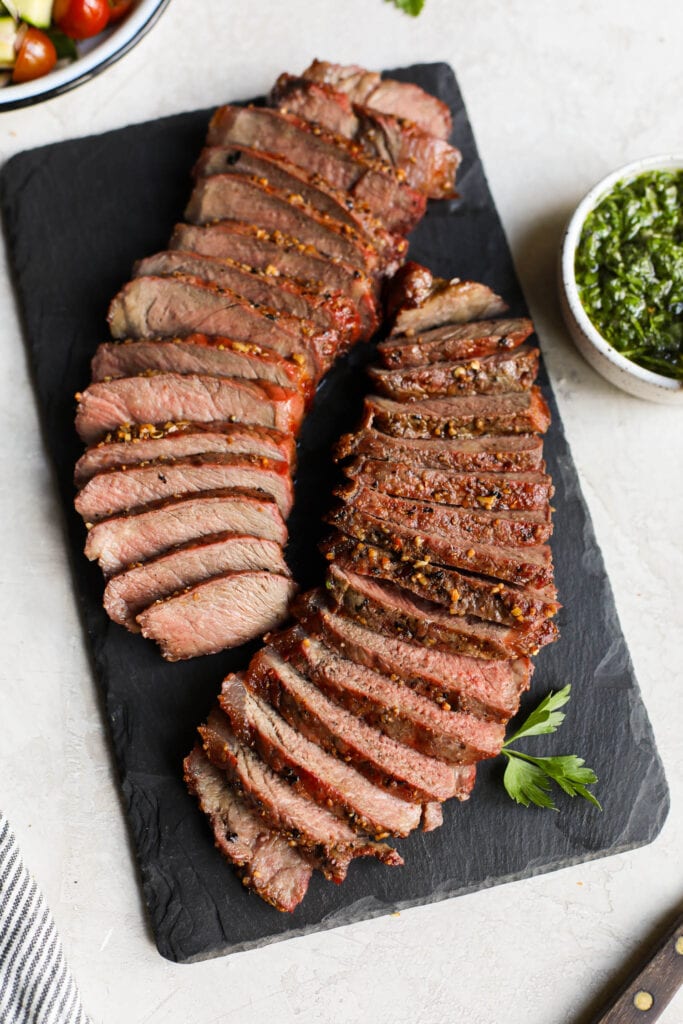
A Closer Look At Grass-Fed Beef Health Benefits
Grass-fed beef also has health benefits similar to that of grass-fed lamb, including:
- Every cut of grass-fed beef is a high-quality protein source, providing all nine essential amino acids your body needs for growth and maintenance
- Grass-fed beef contains less total fat than grain-fed beef, and it contains saturated fats and monounsaturated fats in nearly equal amounts. Compared to grain-fed beef, grass-fed beef is lower in total fat and contains more conjugated linoleic acid (CLA), as well as a up to five times more omega-3 fatty acids, as well as a healthier omega-3 to omega-6 ratio
- Rich in vitamins and minerals, grass-fed beef boasts a high amount of vitamins A and E, as well as B vitamins, especially vitamin B3 (niacin) and vitamin B12, which are important for brain function, heart health, and energy production
- Grass-fed beef is a good source of several essential minerals, including bioavailable iron, selenium, zinc, and phosphorous, which help control hormones and body fluids, and play an important role in immunity, focus, cardiovascular health, and cell maintenance
- Creatine, taurine, and glutathione are nutrients naturally occurring in grass-fed beef that are beneficial for muscle growth and maintenance
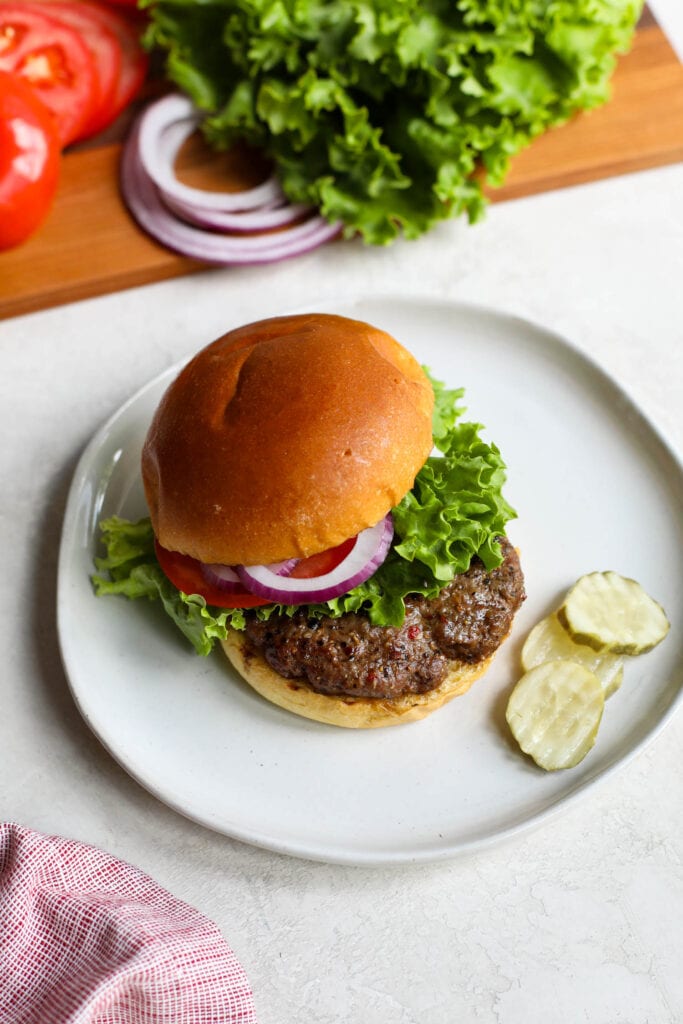
Is grass fed beef really better?
What is grass fed beef made of?
Why isn’t all beef grass fed?
Is Angus beef grass fed?
What are the benefits of grass fed beef?
What is a grass fed cow’s life like?
Is grass fed beef organic?
What does grass fed beef taste like?
Pin It Now To Reference Later
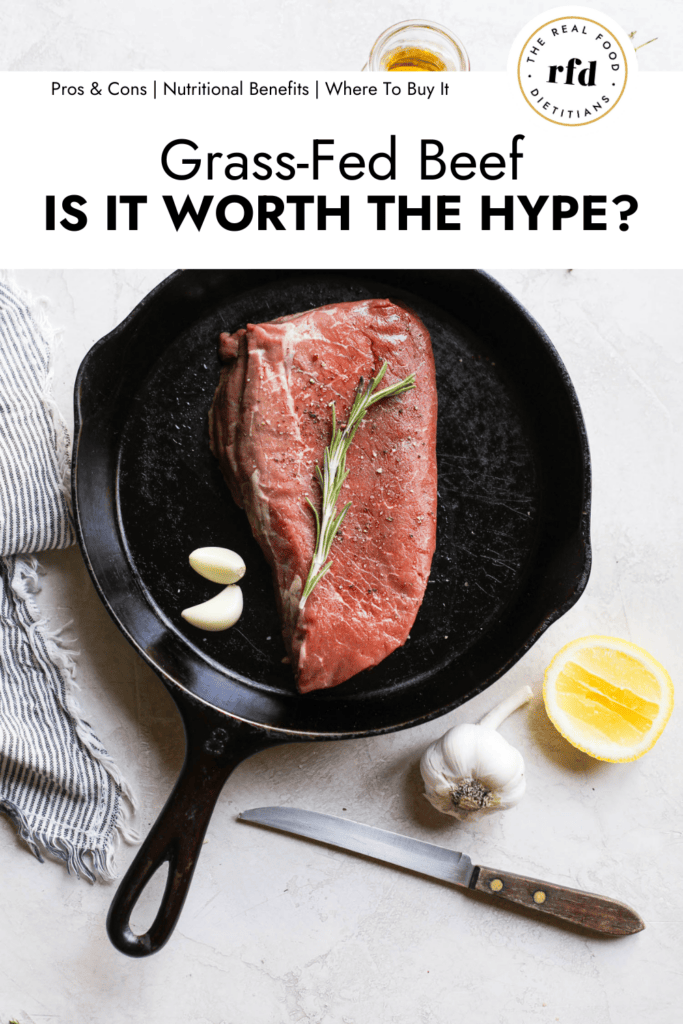
This is a sponsored post. Although we received compensation for this post, the opinions expressed here are – as always – 100% our own. Thank you for supporting the great companies we work with thereby allowing us to continue creating high-quality recipes and content for you.
For ultimate success, we highly recommend reading the tips in the full blog post above. All photos and content are copyright protected. Please do not use our photos without prior written permission. If you wish to republish any content, please rewrite it in your own unique words. Link back to the source here on The Real Food Dietitians. Thank you!
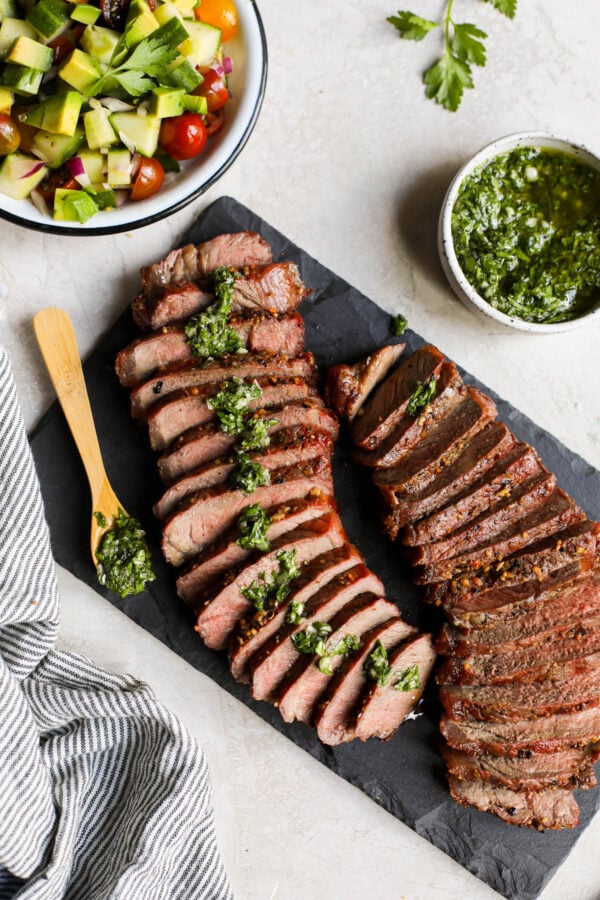
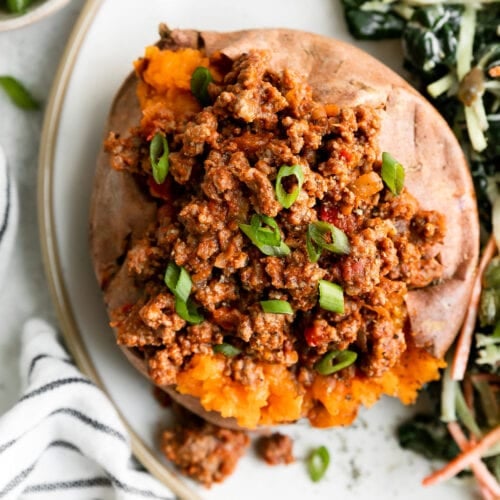

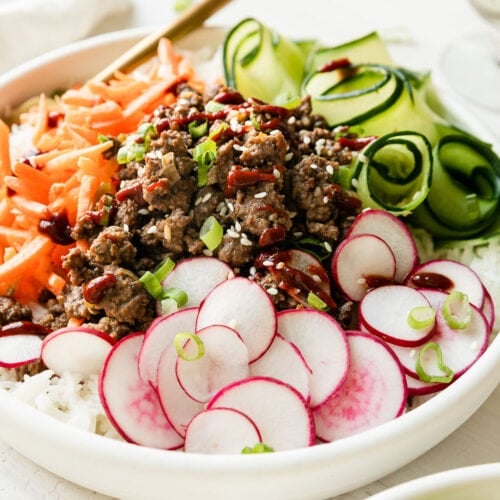
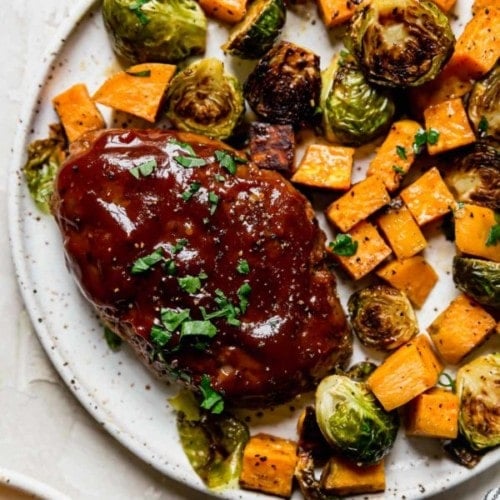

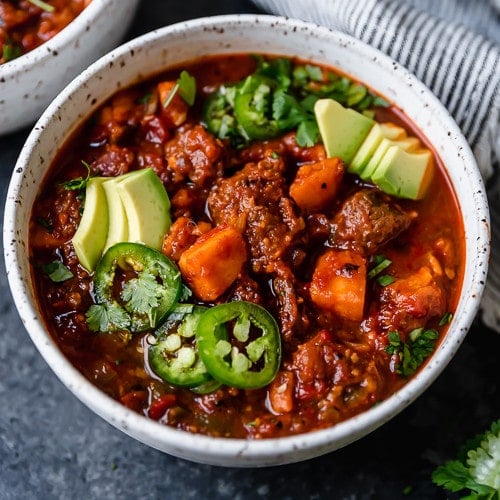
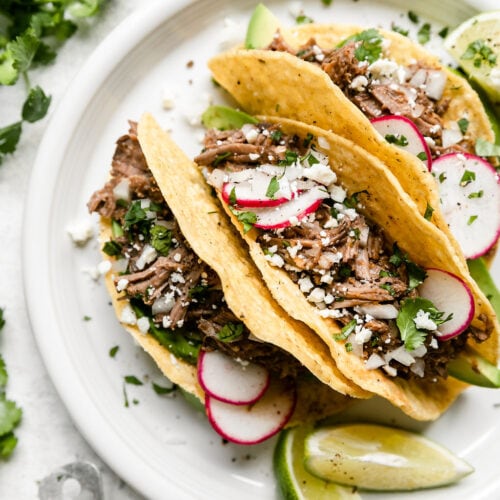
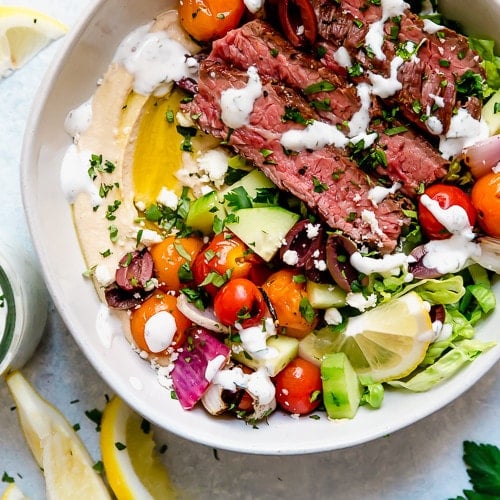
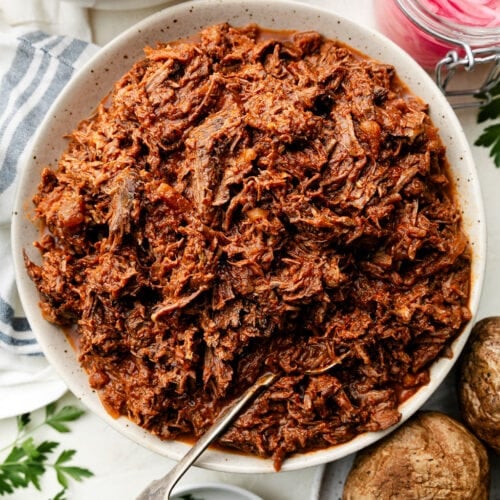
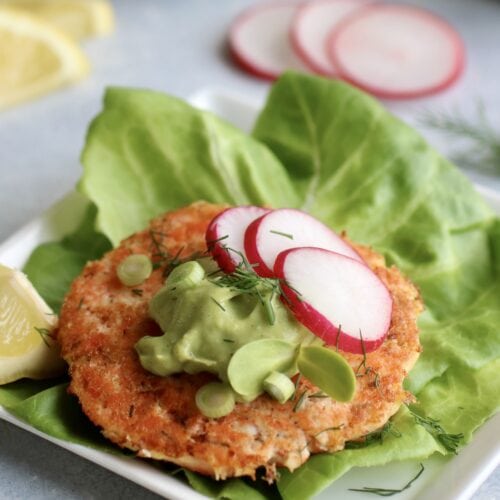

Find grass fed beef in New Zealand went to Page Not Found. Repost?
Hi Diana, here is the direct link: https://beefandlambnz.com/where-to-buy/
I had always heard that grass fed beef didn’t have the diseases, etc that grain fed beef had but that wasn’t mentioned in the article.
Hello, yes it is true that grass-fed cattle have fewer illnesses than feedlot cattle due to their more natural diet and lifestyle.